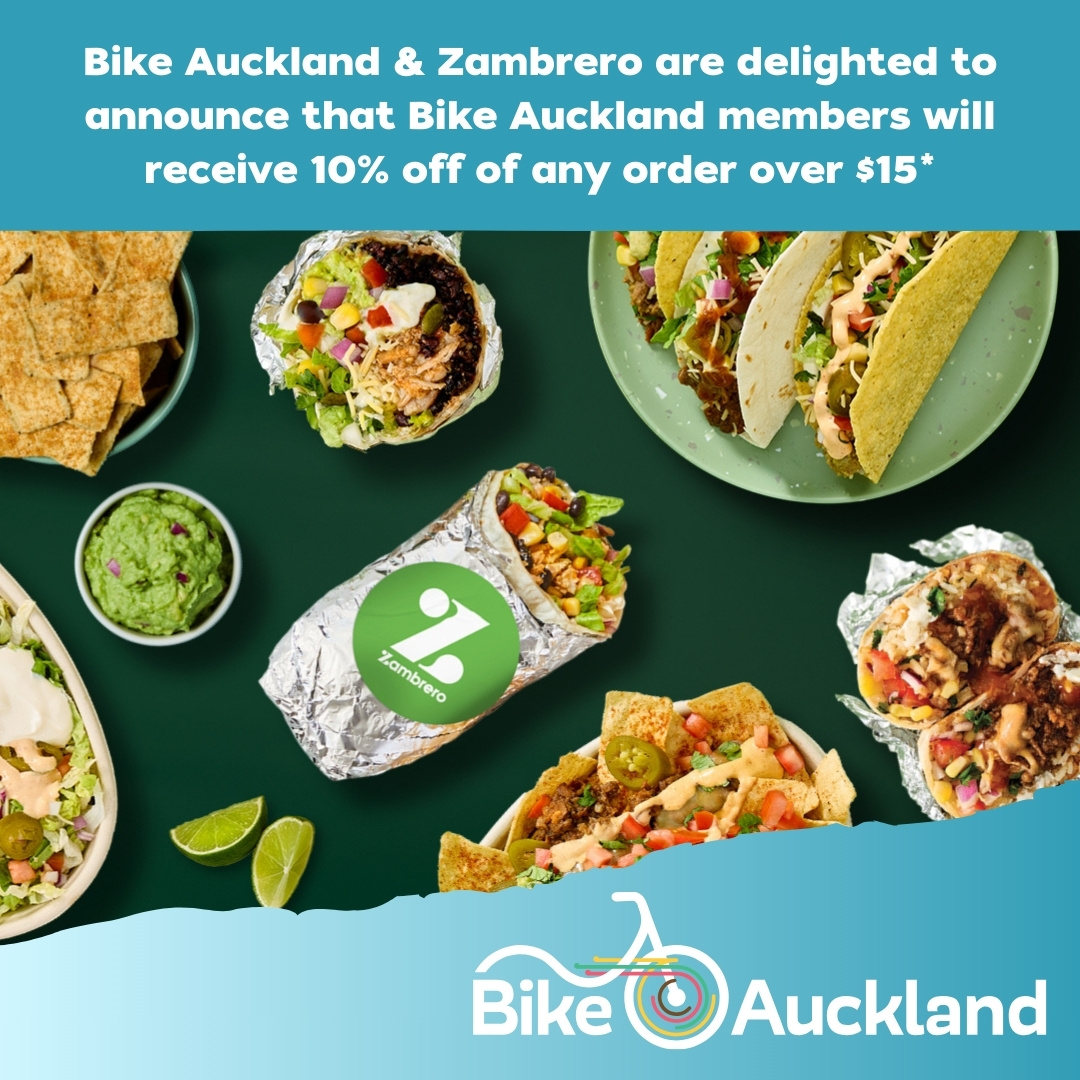Three score and eight years ago, our city fathers conceived of a decision that all inhabitants of our fair city have had to endure with gritted teeth ever since.
After World War II, Auckland had a balanced and cost effective transport system. On average, people took over 200 public transport trips per year (tram, train or bus). There was space on the roads for people on bicycles and people who had cars tended to park them on private property rather than in the public domain.
In 1954, a series of poor decisions befell Tāmaki Makaurau, with long ranging consequences that still afflict us today.
It started with such promise – central government paid for the Halcrow report (1950) which recommended that, firstly, a train and bus network be built across the city and, secondly, that a motorway network be built once the public transport was in place. The report was then tabled at council meetings for approval …
With your knowledge of the last 70 years in the 09, you can guess what was approved in those council meetings in 1954: the second recommendation came first and the first recommendation never came …
For cynical or misguided reasons, a cashflow positive tram network was torn up, trains were de-funded and streets were thrown over to motorised transport. The punishing congestion, road violence (deaths and serious injuries) and exclusion of people from their streets has been the dominant story of Auckland ever since. Horizontal sprawl, parking minimums and transport engineers trained to design streets for “Travel Time Savings” at the (expensive) expense of all else (including the council budget, amenity, health, safety and noise) is the inheritance of those council decisions in 1954.
For that, we can thank the Chair of the Auckland City Council Town Planning Committee and the Auckland City Engineer of the time, who, using misleading information, insinuated their “autopia” onto an unwilling public. A public who still valued density, public transport and a thriving downtown. For 70 years, “autopia” has been tried and tested – the experiment of those city fathers has led to the complete subjugation of our city to “autopia”. That experiment has well and truly failed our citizens and ratepayers and our communities and residents.
Now, we are engaged in a great war of ideas over Tāmaki Makaurau’s urban fabric and here in 2022 we stand on a great battle-field for the future of Tāmaki Makaurau. Now, on this field we are presented with the newly released active transport policy of mayoral candidate Efeso Collins (as promised at a debate at Whammy Bar a couple of weeks ago). This candidate has expressed support to once again invest in a balanced transport system and for that we are thankful.
(With humble apologies to all students of the Gettysburg address and the enduring legend of President Abraham Lincoln (may he rest in peace).
Efeso Collin’s transport policy is here: https://www.efeso.nz/transport
The candidate’s Active Travel Policy supports their overall transport policy and is as follows:
Key Priorities
I am committed to making cycling safe: that means proper cycleways that are separated from the road, so that the space is shared, and good cycling infrastructure.
I back a 12-month trial of a separate cycle lane over the Harbour Bridge.
I support the Transport Emissions Reduction Pathway, which calls for an expansion in cycling and cites cycleway networks in London, Seville, Medellin.
I propose the establishment of an Active Travel Lead / Advisor within Auckland Council (learning lessons from the UK’s Active Travel Commissioner) to inspect active travel opportunities, ensure initiatives are completed on-time, and guarantee consistency in designs to reduce costs.
Efeso Collins – Action on Active Travel
Viv Beck is the only other mayoral candidate who currently has a clear and specific Active Transport policy available online. Viv wants to reduce Auckland Transport’s $2 billion cycling plan to a $306 million plan. Her policy is to reprioritise $20 million of funding from the existing cycling budget to encourage kids to cycle and walk to school, and she champions opening the WWII tunnels under Albert Park for walking and cycling (an idea which is included in the City Centre Master Plan).
The following mayoral candidates have also included mention of active transport in their policy online:
Dani Riekwel has a vision for a highly connected city with public transport, cycling and walking. He supports opening the Harbour Bridge for walking and cycling.
Pete Mazany’s transport policy includes “less cars” with “cheap, effective public transport, walking, cycling and scooters”. Pete commits to incentivising active transport and trialing a lane on the Harbour Bridge for walking, cycling, and micromobility.
Michael Morris has committed to make Auckland more accessible for pedestrians and active mode/micro-mobility users, with a focus on equity of delivery; stating “Public transport and provision for cycling and walking in some areas such as South Auckland certainly needs to catch up with the rest of the city.”
Wayne Brown’s transport policy focuses on “building simple cycleways” such as cheap, fast protection on roads.
Read about the leading Tāmaki Makaurau Auckland Mayoral Candidates stances on transport in our previous blog.
Find out more about your local candidates from Vote Climate.




